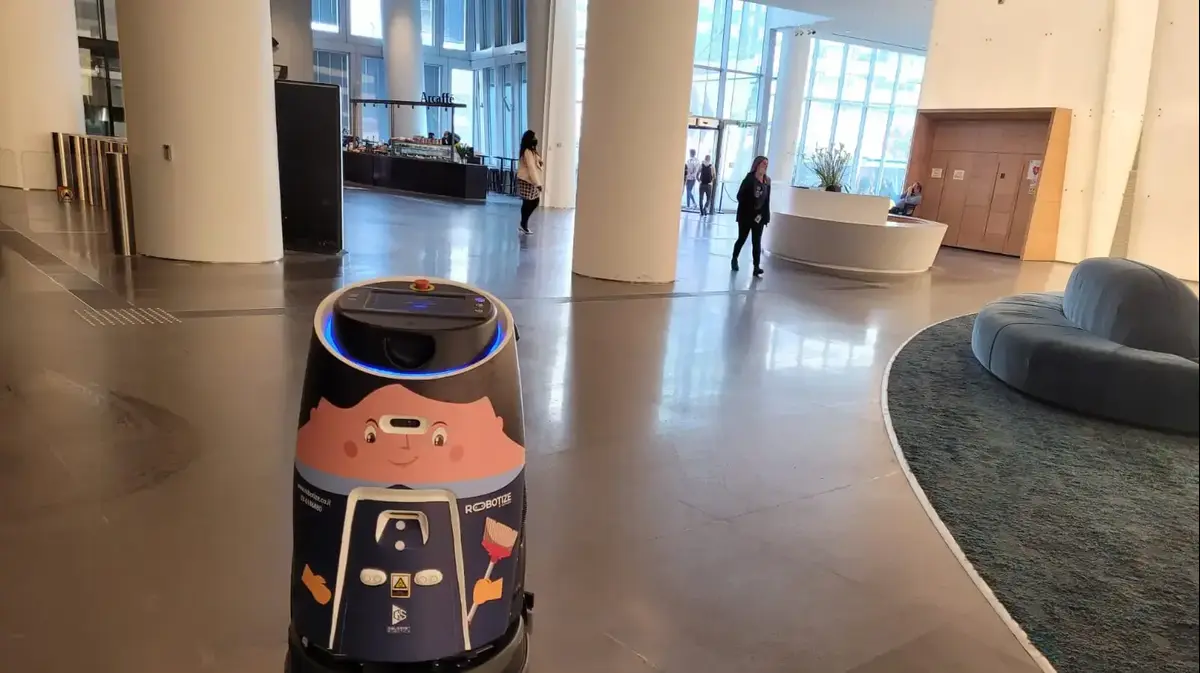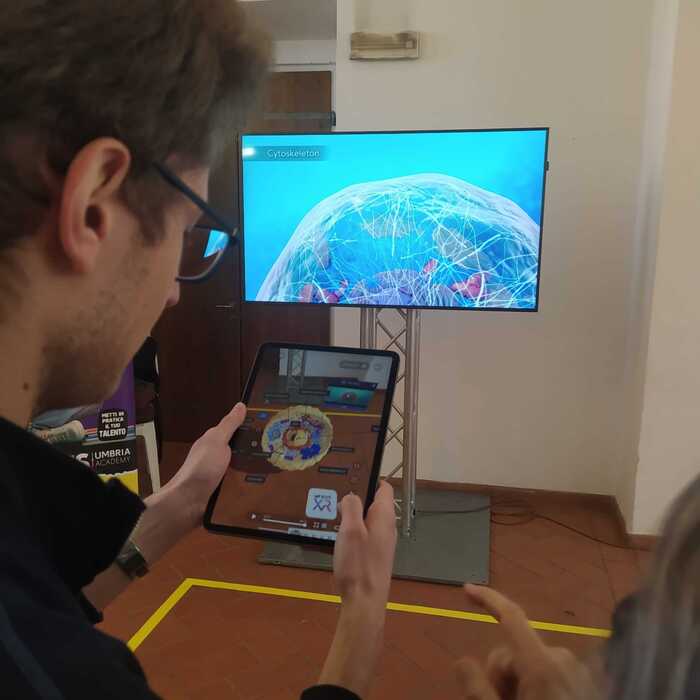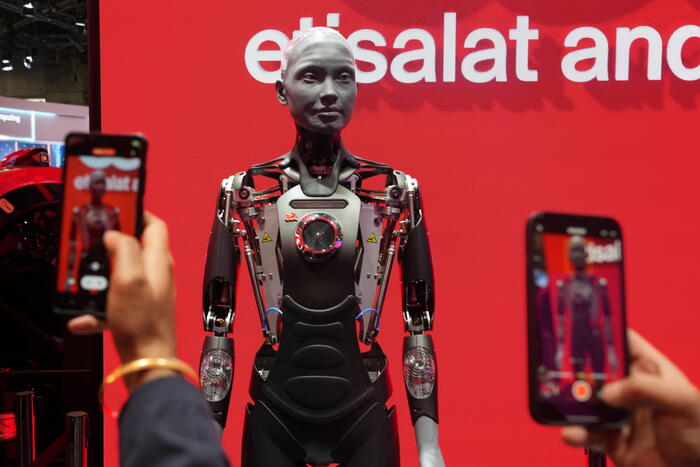Metin Sitti (second from right in front row) with his team Max Planck Institute for Intelligent Systems
Falling Walls is an international congress that every November 9 commemorates the fall of the Berlin Wall by rewarding the main scientific advances of the year.
Due to the pandemic, this time they have merged with the Berlin Science Week to launch a virtual program with more than 200 activities and 500 speakers.
This Monday, as a final touch, they have awarded the Turkish-American researcher Metin Sitti for what they consider a revolution in robotics.
When the Wall fell, Sitti was still studying electronic engineering in Istanbul.
Decades later, inspired by how worms and jellyfish move - something he loved to observe as a child - he and his team have designed micrometric robots that can crawl without cables.
They are soft devices capable of deforming and moving inside the human body as if they were caterpillars.
The actions of a traditional robot are governed by electronic chips, and are made possible by motors, pistons, and wheels.
To make such a small robot, you have to do without all those components.
"There's not even room for a battery, and that's a big hurdle," explains the engineer.
To achieve autonomous and versatile robots, and assuming that they had to do without electricity, in their team they resorted to magnetism.
Once the device is manufactured, for which they use synthetic polymers, they take advantage of the properties of the material and its structure so that the robot can move, jump, float or swim.
Playing with the right combination, the shape of the robot and its movement can be controlled using external magnetic signals.
That would allow the use of these devices in medicine.
"Our body is transparent to magnetic fields, so these devices can be controlled from outside the body," according to the researcher.
These fields are also safe for humans — and not just in hospitals;
we are constantly exposed to solar magnetism.
By manipulating their shape, you can control not only the navigation of these devices through the body, but also provide them with other functions.
For example, to be able to use them in diagnosis (taking small tissue samples) or treatment of diseases (loading a drug).
Now, they have created micro-robots that mimic white blood cells, our immune cells, to target drugs specifically at tumor cells.
Again thanks to magnetism, they can drive these micro-robots through the blood, even against the current.
To do this, the key has been to design them with the same shape and size as leukocytes.
These cells, instead of traveling along the bloodstream like red blood cells, are able to roll along the walls of the blood vessels, where the flow is less violent.
It is possible to control the release of the drug loaded by the robot, preventing it from spilling through the bloodstream and ensuring that it is only released when it reaches its destination
On the other hand, by changing the shape of the device, it is possible to control the release of the drug loaded by the robot, preventing it from spilling through the bloodstream and making it detach only when it reaches its destination.
“Sometimes with chemotherapy, only 3% of the drug reaches the tumor.
In this way, we could increase the efficacy of the treatment and also reduce side effects, ”according to Sitti.
All in laboratory systems for now, yes, although they are already doing the first tests with rodents.
"The initial results are promising, we are using biocompatible materials and do not seem to generate adverse reactions," says Sitti, who is confident that he can begin human trials in five to ten years.
The awardee, who heads the Max Planck Institute for Intelligent Systems in Stuttgart, Germany, leads an international team of nearly 40 people.
"It is a very diverse group, with engineers, chemists, biologists and doctors," he says.
The stability provided by Max Planck also stands out: "if we had to constantly ask for financing, it would not be possible to carry out such risky and innovative projects."
This research "points the way to a revolution in medicine" for Joël Mesot, president of the Swiss Institute of Technology (ETH).
"The idea that these micro-robots will allow treatments to be carried out inside the blood vessels with millimeter precision, or to perform biopsies, brings us one step closer to non-invasive therapies and robot-assisted medicine," he adds.
“It is great to see how more and more researchers are crossing the boundaries between disciplines,” underlines Helga Nowotny, a renowned Austrian sociologist and chair of the jury.
You can follow
MATERIA
on
,
,
or subscribe here to our
newsletter

/cloudfront-eu-central-1.images.arcpublishing.com/prisa/HCBOK5S4PRAMBLPPSAXXQWLB2E.jpg)
/cloudfront-eu-central-1.images.arcpublishing.com/prisa/LFO6NYKDYNGQJMNQRNDG6YRK7Q.jpg)





/cloudfront-eu-central-1.images.arcpublishing.com/prisa/YIVHXZ4ULVEKTCBSNO56RKOWKI.jpg)
